You want a green lawn. Not a brown one. Not a yellow one. Not one with a mix of brown, yellow, white, and green. Just green.
That’s not too much to ask for, is it? We certainly don’t think so. For an enjoyable year outdoors – whether you’re just indulging in the nice weather, kicking the ball around with your children, having a summer get-together, or relaxing with a friend with a glass of iced tea – a green lawn is the preferred surrounding aesthetic.
What you don’t want to see are splotches and rough spots and blights and blemishes. Yuck.
In fact, once you see some strangely colored spots or those that look a bit sick – pinkish or reddish in color – you might become concerned. Those are definitely not the normal colors for a lawn.
If you’re seeing red in your grass, take a moment and a deep breath. We have you covered with some answers! These spots can actually be a result of a common turf disease called red thread.
Let’s look at some of the facts about this lawn blemish, what causes red thread lawn disease, and how to control it so you can get that uniform, thick, green, healthy lawn back.
What Causes Grass Diseases In Northern Virginia Lawns
Unfortunately, all lawns have diseases.
Yep. You didn’t expect us to say that, did you? But it’s true. No one wants to hear that. It can make you look at your lawn differently for sure.
While disease is present, it doesn’t have to be visible though.
In fact, lawn diseases only emerge when your lawn is stressed out. It’s kind of like how you might get a headache or aches and pains when your anxiety levels run high.
While you might be stressed out by deadlines, family squabbles, and a to-do list that keeps growing, your lawn gets stressed out for other reasons.
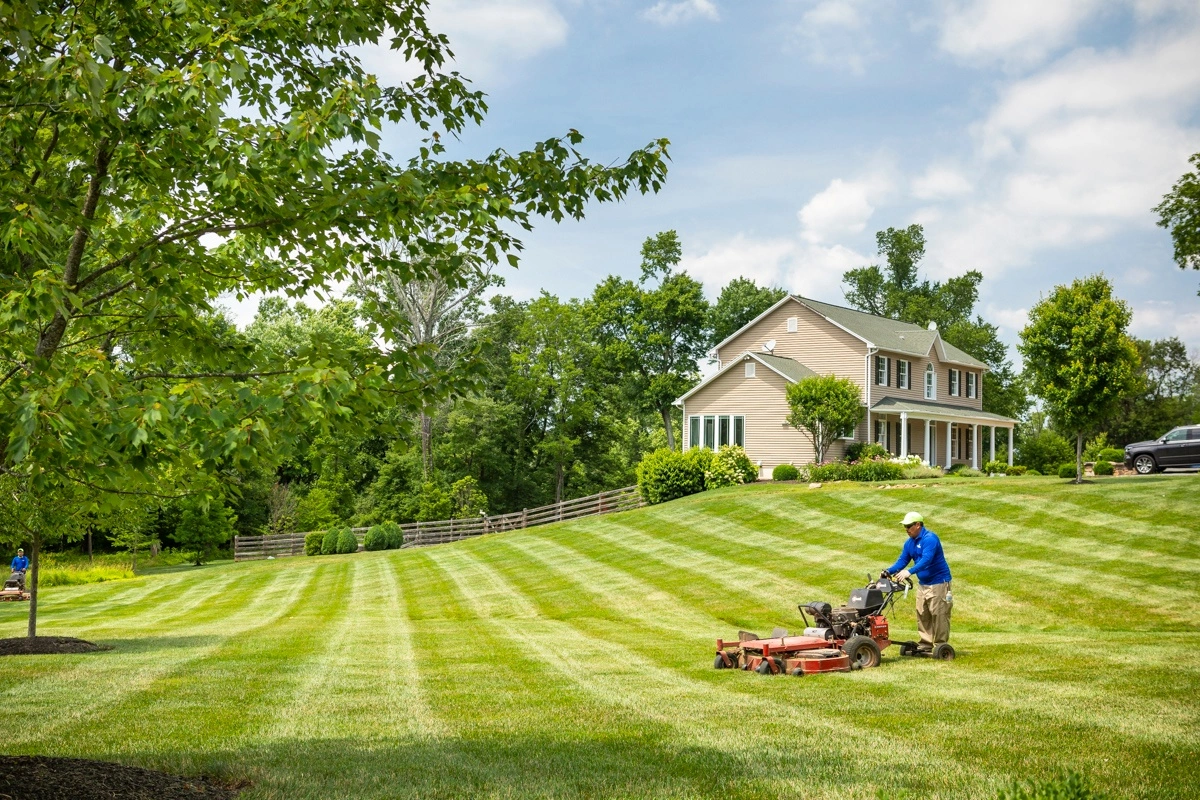
It can start with something as simple as mowing improperly. You want to mow your Northern Virginia lawn to a 3.5- to 4-inch height. This means mowing it weekly during the growing season and removing no more than one-third of the grass blades during any single cut. For a quality mow, you want sharp mower blades so you don’t tear your grass versus cut it.
Watering correctly is also important. If you water too much or at night when your lawn can’t dry out before nightfall, then you encourage disease-causing conditions, such as persistent wet, humid areas.
Another thing you want to make sure is in place is proper lawn fertilization. A soil test helps determine what your lawn is lacking, and fertilizing based on these results means you won’t under- or over-fertilize. This ensures you don’t have nutrient deficiencies that can stress your lawn and encourage disease.
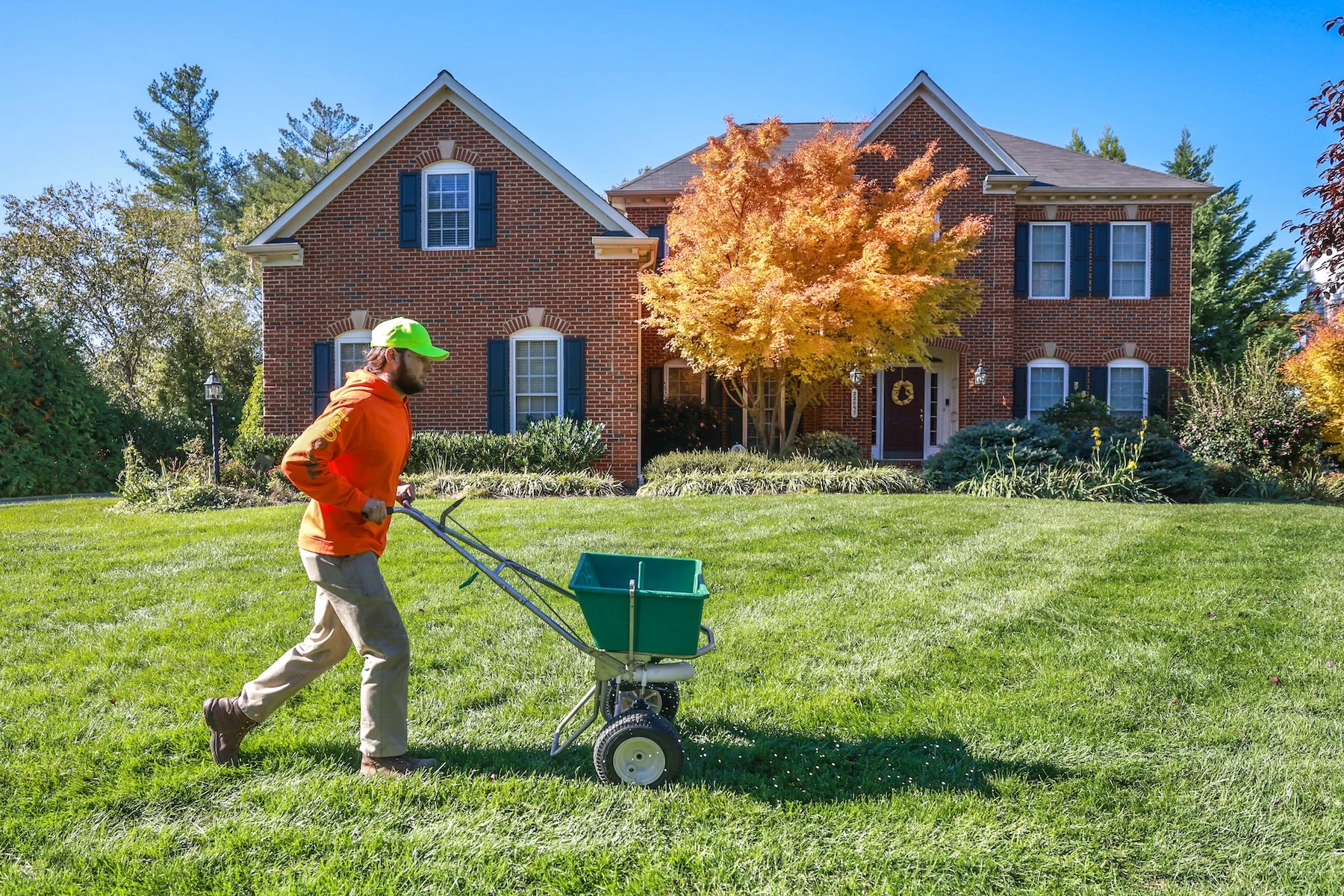
These cultural practices are part of what causes red thread lawn disease, as well as other lawn diseases. Starting here can be a good place for disease prevention.
Red Thread Lawn Fungus Treatment 101
You might think you’re imaging it the first time you’re squinting in the sun starting at what look like reddish-pink patches in your lawn. Is it just a trick of the light?
Taking a closer look, you’ll see that these spots really do look different from your traditional green, healthy lawn areas.
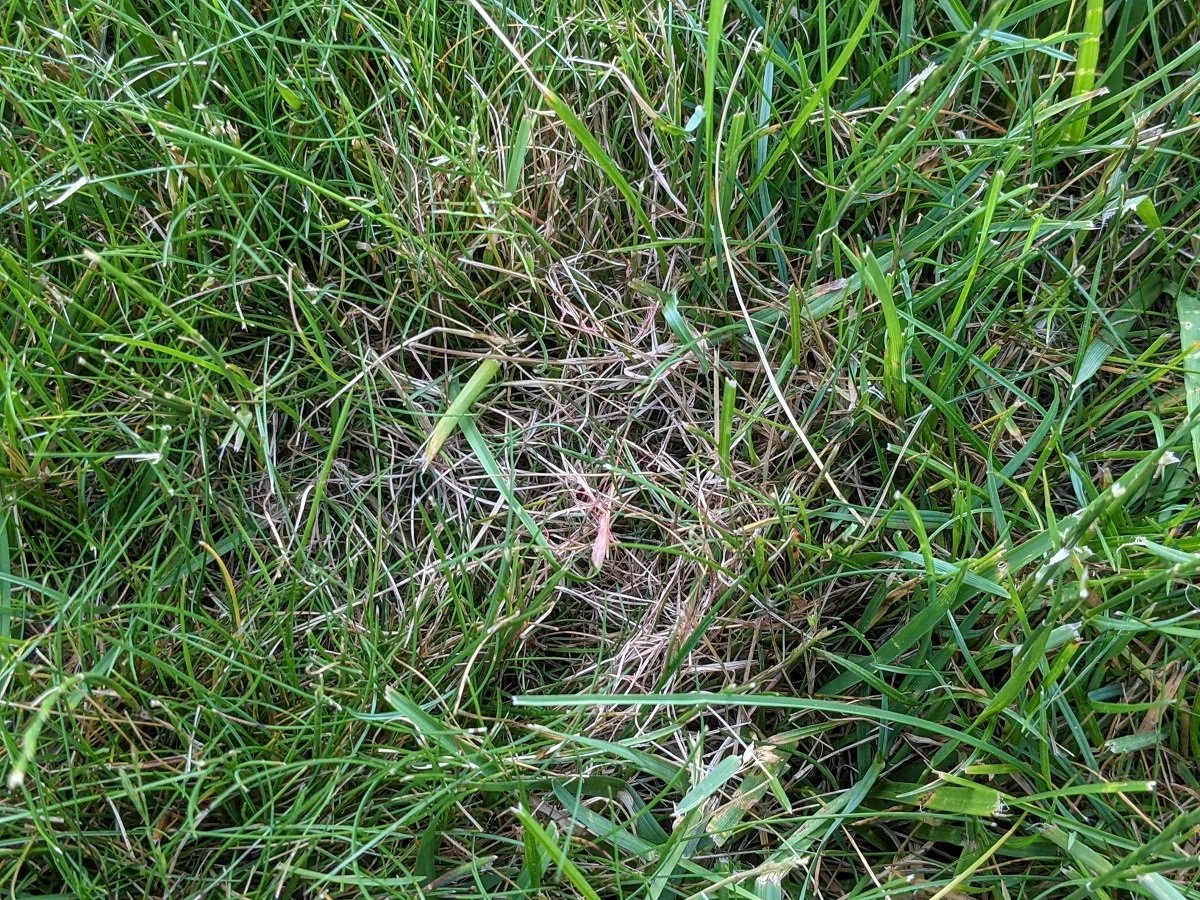
Red thread lawn disease is the culprit. And it’s named after those pinkish-red, spiky threads that seem to extend out from the tips of your grass blades. Let’s dive deeper into understanding this disease and red thread lawn fungus treatment options.
What Causes Red Thread Lawn Disease?
When you hear the name and see the description, you might think red thread is easy to identify, even if you haven’t seen this disease before.
This disease crops up early in the year in Northern Virginia lawns. Red thread prefers cool, moist conditions, and spring brings that perfect blend of temperature that this disease likes.
Red thread may look like it causes ragged grass blades that are dying from the tip down, but it’s actually the result of your grass blades growing a fungus. This fungus is called Laetisaria fuciformis, and it’s the reason red thread lawn fungus treatment can be challenging. The reason? The fungus will grow beneath light tan or beige grass, which actually masks the disease.
Where Will You Find Red Thread?
Any lawn can need red thread lawn fungus treatment in Northern Virginia.
The disease first needs a host plant to infect. This is your grass. Then it needs conditions that bring it out. These include excess rain combined with temperatures ranging from 59 to 77 degrees Fahrenheit. In terms of times of year, this is usually in spring and fall. Sometimes you’ll see red thread in summer if we’re experiencing prolonged rainy, cool days.
If your lawn is short of nitrogen in its fertilization, this can weaken it. Add in perfect temperatures, and red thread can crop up.
Once you have the fungus in your lawn, it can spread through wind and contaminated lawn equipment.
How to Get Rid of Red Thread Lawn Disease
In addition to proper lawn care practices like we detailed above (those include correct fertilization; precise mowing; proper watering; and annual aeration, overseeding, and topdressing), your lawn disease problem may run rampant. This means you may need some extra care for full red thread lawn fungus treatment.
A supplemental nitrogen application usually helps fix red thread, but you may want to inquire about curative fungicide treatment options as well.
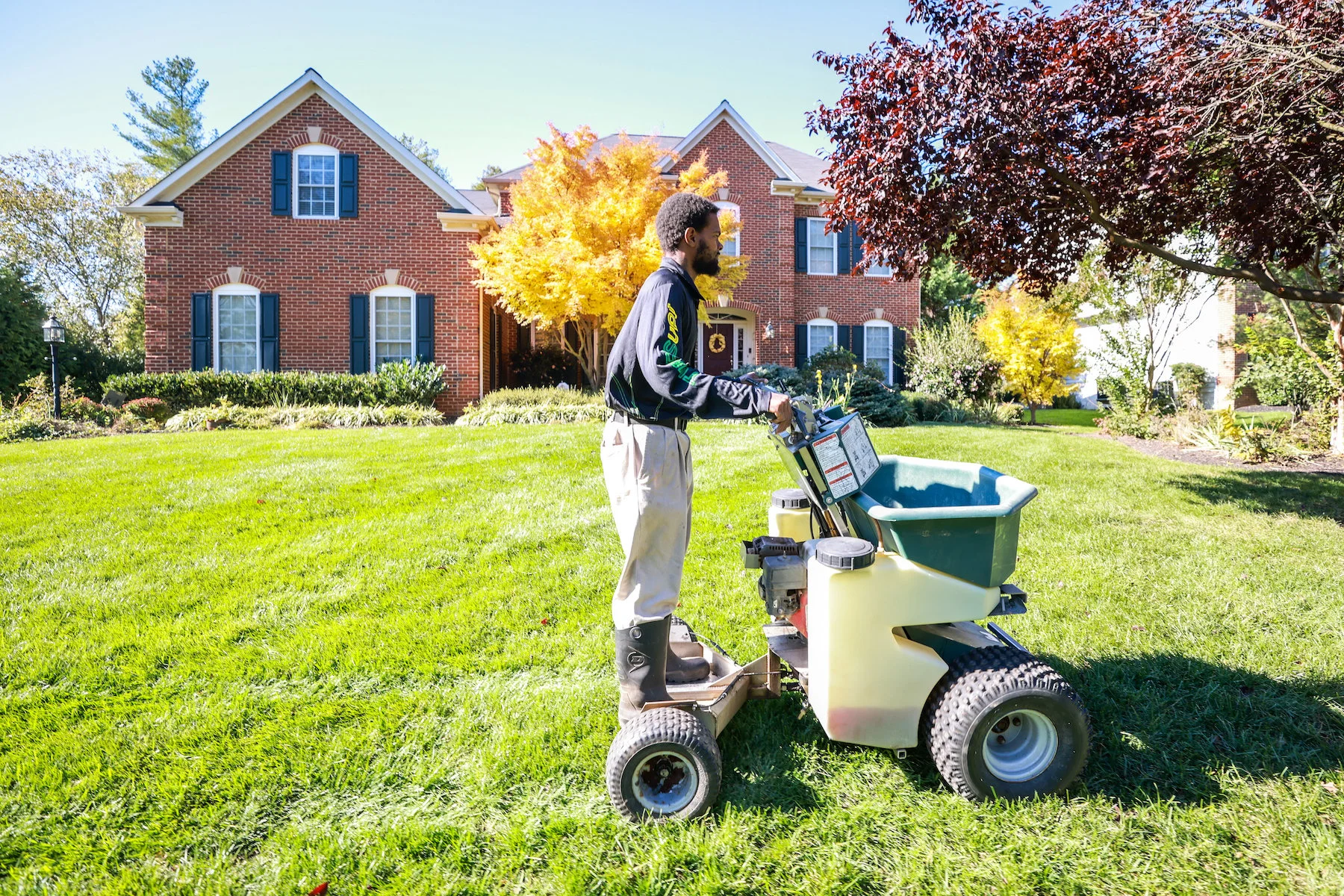
If your lawn care provider knows certain turf diseases are prevalent in your Northern Virginia lawn, their professionals can also try a preventive fungicide application as a part of your program.
With lawn disease being such a major concern in Northern Virginia, you want to make sure you work with a lawn care service provider who is educated on lawn diseases, so he can properly identify and eliminate issues.
You Can Have a Disease-Free Lawn in Northern Virginia
With red thread, the biggest point you want to remember is that maintaining adequate nutrition levels in your lawn can lessen the disease impact and even help your lawn recover faster if red thread does arrive.
If conditions are present for red thread lawn disease to infect your lawn, fertilization can help your lawn grow out the diseased areas. As weather conditions improve, the disease will continue to disappear as your lawn gets stronger and stress is minimized.
Taking good care of your lawn can always help with red thread lawn fungus treatment.
If you’re still worried about weird spots you’re seeing in your lawn, Let Turf’s Up help. We have the knowledge about how Northern Virginia lawn diseases work and can help you quickly get your green lawn back.
Ready to learn why Turf’s Up could be your totally awesome choice for lawn care disease control services in Northern Virginia? We’re stoked to learn more about you and help you have the best lawn on the block. Get started today with a free quote. Together, we can prepare a customized plan that is perfect for you and your lawn.
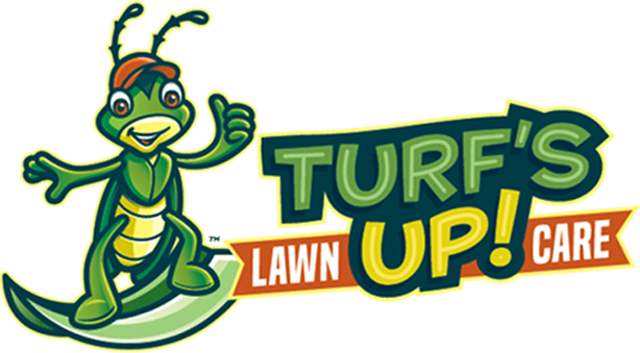





Comments (0)
Thanks for your comment!
Thanks for your feedback! Your comments have been successfully submitted! Please note, all comments require admin approval prior to display.
Error submitting comment!
There is a problem with your comment, please see below and try again.